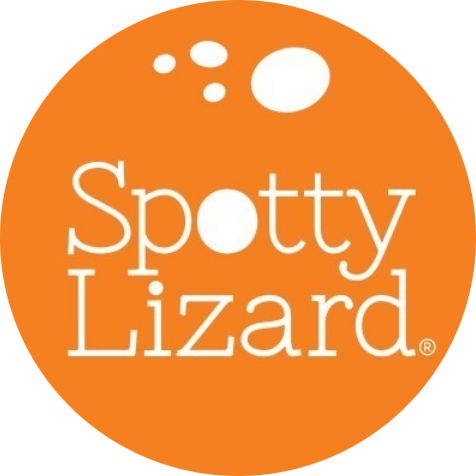What is SEO?
You either love it or you don't. SEO is the stuff of dreams for us, but many business owners dislike it with a passion. They know they want it, but not how to use it. They know they need it, but are not sure what it is. Relax, because we're really good at explaining what is SEO because we use it everyday.
What is SEO?
SEO or search engine optimisation, are the things you do which help your website get found and ranked with search engines. While every website online is found and ranked by search engines, those with poor SEO are not ranked highly. A website with good SEO ideally ranks on page one. That's where as a business owner you want your website to live for your chosen keywords.
There's a saying, "The second page of Google is a great place to hide a dead body."
Google users tend to only click through to sites which are at the top of page one. This is prime real estate people and consequently, highly competitive. The trick is to get smart and that's where a Spotty Lizard web copywriter comes into play.
Three Types of SEO
There are three types of SEO you as a business owner needs to be aware of:
- off page SEO
- on page SEO
- technical SEO
Off page SEO are the acctions you take which are not on your website, hence the off page name. This generally tends to be links from other websites to your site. The thing with backlinks, which is what they are known as, are that they can be good and bad. A good link is one which was freely given by another quality site to a page on your site. That good site is one which is picky about who they link to and has only good links which link to their site. A bad link is one which comes from a poor quality site, is paid for in a bulk batch and not related to your site topic wise. It's like spam - you just don't want it.
On page SEO are the actions you do on your website which improve your rankings on SERPs, or search engine results pages.It includes meta tags, which are small snippets of text, mostly not visible to people visiting your website. They are however, text which search engines use to help identify what a specific page is about. Meta tags include aspects such as your meta title, meta description, page headings and the file name or URL. It also includes things like internal links, image alt text and the text on a page.
Technical SEO are basically all the other activities you do to improve your SEO, excluding both on and off page SEO. This area of SEO is focused on how well the search engine’s spiders and robots can crawl your website to index your content. It includes things such as website speed, templates used, optimised images, few or no re-directs, mobile friendliness, site architecture, HTTPS, breadcrumbs and structured data.
How Keywords Fit Into SEO
The aim of SEO is to have your website ranking on page one of Google for the search terms you want to rank for. You don't want to rank there for every keyword, that is damn impossible and would actually annoy the very people you want to attract - your website visitors. Imagine clicking through based upon your search words of dinosaur toys and finding a site about homemade jam, or similar. Terribly annoying!
Instead you want to rank for the carefully selected keywords and keyword phrases which you know that people are using to find businesses like yours. Keywords, which are the words someone enters into a search engine box, need to be sprinkled throughout your website like lollies. They tell the search engine what your web page is about, which help it to decide if your content is relevant to their search.
There are plenty of great free keyword research tools you can use to help you decide which ones to focus on. Or if you get stuck, we offer a keyword finding service where we'll hunt them for you.
SEO is never instant. It's also never guaranteed. Search engines are the ultimate power: they decide whether to show your content in their SERPs or not, not you. But by using it correctly within your website, you increase the chances of being ranked well.
Take a read of our article on the future trends of SEO for extra advice before you head anywhere else.
Posted: Saturday 30 June 2018


